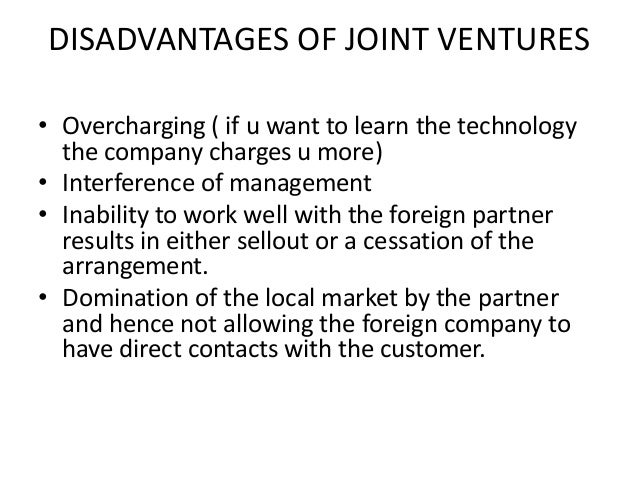
The ability to transfer assets between companies in a group structure without triggering a disposal charged against Corporation Tax on any gains.Whilst each business within a group structure will be required to pay corporation tax, VAT and other relevant taxes, a group structure can offer attractive tax advantages. There will be increased accountancy costs. Group structures can quickly complicate finances which can become opaque. It is not uncommon for conflicts to arise between the management teams of subsidiaries and the parent company, particularly when a subsidiary wishes to explore new opportunities, or the parent company adopts a course of action that puts its interests above those of its subsidiaries.Decision making can be more complex and slower, with decisions made by the parent company needing to be approved by its subsidiaries. External investors may be reluctant to invest in a subsidiary company with complex ownership structures. Parent companies are generally not liable for the debt of its subsidiaries, meaning that if a subsidiary collapses, the parent company will be unaffected.Īdvantages do need to be weighed against the disadvantages of a group structure. Risk is shared amongst companies in the group structure rather than resting in just one business. It can create greater financial and operational efficiency.

Centralised management, with all or most decision-making resting with the parent company.There are many advantages to adopting a group company structure. Joint ventures, as the name suggests, are when two organisations form a new legal entity, perhaps to provide a specific service or deliver a new product. Management companies typically do not hold shares in subsidiaries although they still provide management and financial support. Holding companies are more common and will see the parent owning the shares of its subsidiaries. Group structures typically fall into three broad categories – the holding company structure, a management structure and the joint venture structure. But group structures will incur additional reporting and administrative requirements. They offer the ability to pool resources, centralise management and spread risk, and can have some attractive tax advantages. A structure might see the parent company owning subsidiaries outright or operating as a management company controlling the operations of its subsidiaries. Group company structures are found across all industry sectors but are perhaps more common in the real estate and financial services sectors.

Structures will vary and come with their advantages and disadvantages. It is not uncommon for businesses to be organised via a group structure, where a parent company holds a controlling interest in subsidiary companies.


 0 kommentar(er)
0 kommentar(er)
